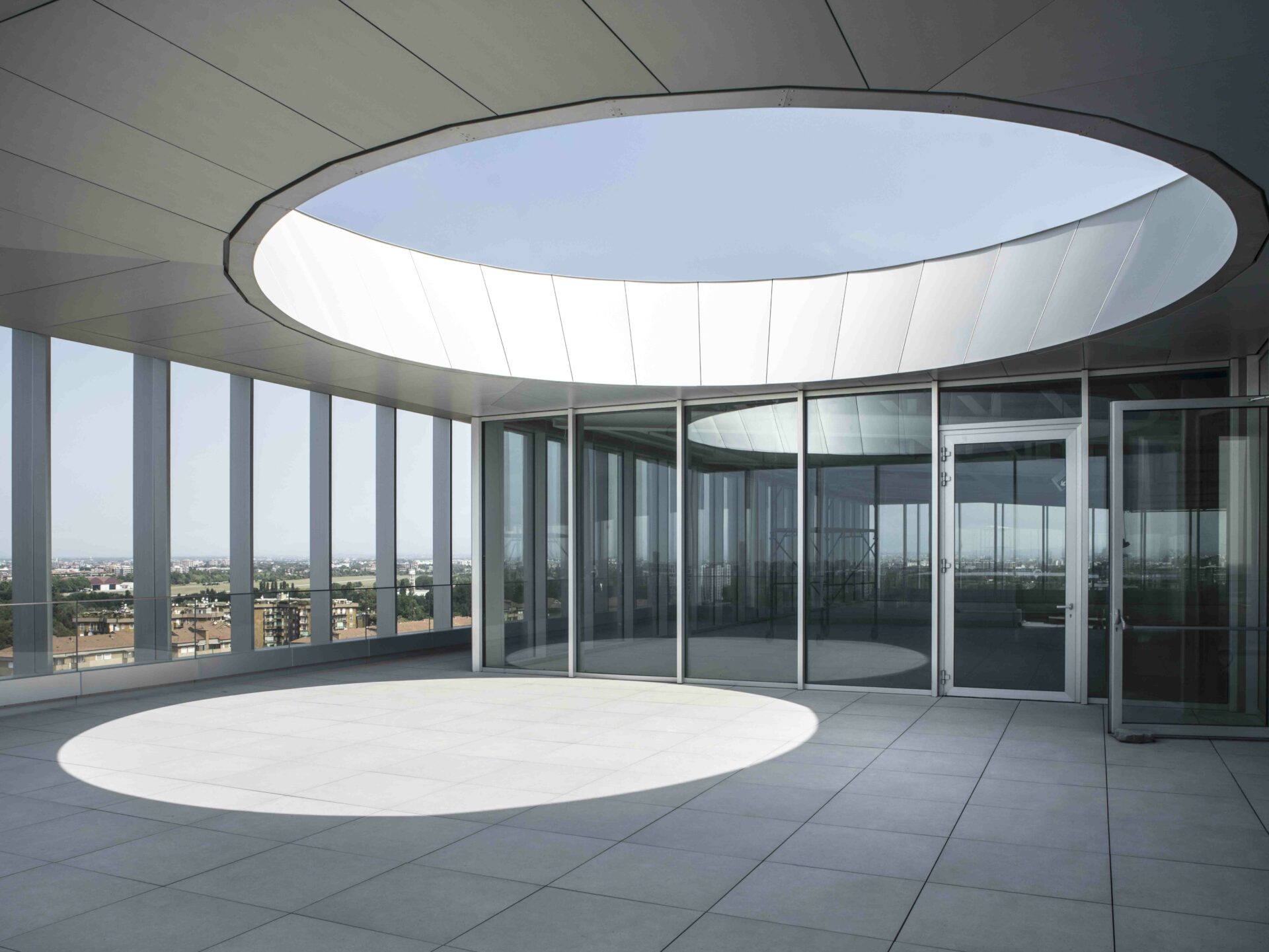NEW: NEIGHBORHOOD FOR EDUCATIONAL WONDER


DETAILS
Name: NEW – Neighborhood for Educational Wonder
Location: Ucraina
Year: 2024
Typology: Competition
Surface: 10.000 sqm
Credits: Scandurra Studio, Mykhailo Vustianskyi
Client: CPVA – Lithuanian Ministry of Foreign Affairs
“Schools are not just places for learning. They can be welcoming spaces, even shelters, providing care, aid, psychological and medical support. In conflict scenarios, this becomes even more urgent. Architecture must respond quickly and effectively, transforming vulnerability into an opportunity for rebirth.” Alessandro Scandurra
“NEW – Neighbourhood for Educational Wonder” is the winning project of the international competition “Future School for Ukraine”, initiated by Lithuanian government for a faster and efficient reconstruction of schools damaged after the invasion of Ukraine, implemented by Central Project Management Agency in partnership with Lithuanian Union of Architects.
The project has been awarded for its adaptability, sustainability, and speed of implementation. Funded by the Lithuanian Fund for Development Cooperation and Humanitarian Aid, it will serve as the blueprint for constructing new schools in Ukraine and will be available to Ukrainian institutions and international partners by mid-2025.


Designed by Scandurra Studio (Italy) in collaboration with Mykhailo Vustianskyi (Ukraine), “NEW – Neighborhood for Educational Wonder” prototype is replicable, adaptable, scalable, and sustainable. To efficiently address the project’s complexity, specialists from DEERNS Italia for energy and systems and CEAS for structure and prefabrication, were included in the design team. The design incorporates Design for Disassembly principles and uses prefabricated elements, which support modularity and quick transportation, assembly, and disassembly, significantly reducing construction time and CO2 emissions. The project is based on a grid of modules, creating a large spatial system that allows for flexible interior configurations within a given perimeter, ensuring adaptable spaces for any need, from individual classrooms to entire masterplans. A test of adaptability successfully integrated the design into two different contexts, proving the prototype’s versatility and responsiveness to the evolving needs of the community.

In its basic configuration, over 10,000 square meters include educational and recreational spaces, as well as areas dedicated to care and civil protection. The features also hybrid spaces for different educational levels to encourage social exchange and community life. Hallways can be transformed into dynamic spaces for informal learning and social interaction, maximizing space usage.
The courtyards form interconnected internal and external garden spaces, drawing inspiration from the hortus conclusus of convents, and offering moments of beauty and discovery. Central to the design is the interplay of natural light, which seamlessly connects indoor and outdoor environments. These garden spaces function as living laboratories, where the rhythms of nature enrich learning through quiet contemplation.
Externally, the green facades integrate recycled mineral and salvaged aggregates, symbolizing not only the project’s circular economy approach but also the desire to preserve and transform fragments of the conflict into a foundation for a better future. The project follows the Do No Significant Harm (DNSH) guidelines for non-invasive design within local contexts and meets the standards for Nearly Zero Energy Building (nZEB) for energy efficiency.
At the core of Scandurra Studio’s vision is the belief in schools as community laboratories, and in architecture as an educational tool to promote social interaction, creativity, and expression. The winning project embraces the competition’s mission: responding to the devastating destruction of the country’s education system. The project continues Scandurra Studio’s research into the role of architecture in reconciling physical space with its deeper meanings, with education being a key area of ongoing exploration.


